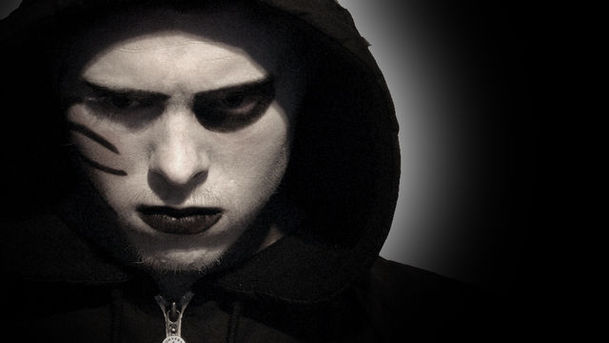The G-Word

In 1979, a dark and moody sound started to emerge from the roots of punk and glam rock. Siouxsie Sioux, Joy Division and Bauhaus all grabbed their eyeliner pencils, dressed in black and released albums of mire and moodiness. Thirty years on and the word "goth" still fills parents with dread, despite soaps like Hollyoaks and Coronation Street putting goth teens into the mainstream. 'Professional ex-goth', Andrew Collins speaks to key musicians about the emergence of goth rock, finding out more about its genesis and transformation from a provincial subculture (he experienced first-hand in Northampton), and attempts to dispel some of the myths along the way. Andrew speaks to those who began the post punk exploration of all things darkly glamorous - Siouxsie Soux and Steve Severin of the Banshees, Peter Hook of Joy Division, the original Batcave regulars such as Specimen, and Bauhaus - a Northampton-based band, whose emergence on the post-punk scene helped shape the genre. He finds that even the genesis of the term "goth" is disputed - was it Tony Wilson talking about Joy Divison, Siouxsie Sioux on the Joined Hands album, Steve Abbot of UK Decay or perhaps Ian Astbury of The Cult? Wayne Hussey, who formed The Mission in 1985 after leaving The Sisters Of Mercy, will tell you that the original goth was in fact Johnny Cash. After a heyday in the 1980s when The Cult could fill the Royal Albert Hall and unkempt teenagers everywhere modelled themselves on Robert Smith (of the Cure's) trademark look of big hair and smeared lipstick, goth music has retreated into the shadows. Andrew looks at what happened to goth after 1988, when the alternative music scenes of rave and baggy took a flourescent nail to its coffin. Goth has undergone a transformation, from a moody, provincial subculture native to the North of England and the Midlands in the 80s, to a transatlantic teen cult that has been blamed for high school shootings and self-harm among troubled US kids. But goth's influence on subsequent genres, including "emo", is clear and the music has returned to this country via bands like Marilyn Manson. Now the look and name is associated with a myriad of styles from neo-classical to industrial. So much so that even figureheads like Gary Numan, who has been hailed as the godfather of industrial, can't explain what it is or where it comes from. One thing is certain - it isn't going away. This documentary was first broadcast on Radio 2 in February 2009.